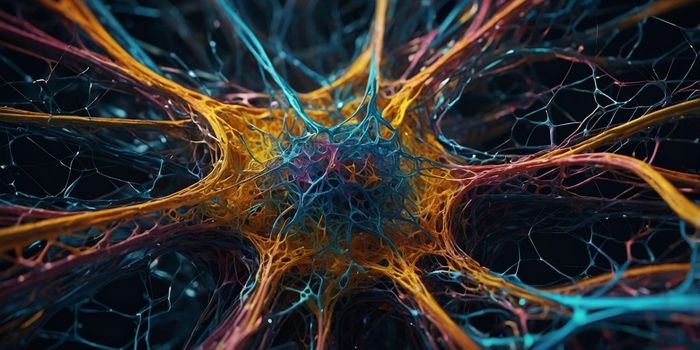Immune Cells and Heart Disease: Helpful or Harmful?
Depending on where an immune cell is during injury to the heart, like during a heart attack, its activity can either be harmful or helpful. From Case Western Reserve University, scientists show how they plan to boost the beneficial effects and suppress the harmful effects.
In the new study, researchers focused their experiments on a type of heart disease called non-ischemic cardiomyopathy, which includes dilated cardiomyopathy, hypertrophic cardiomyopathy, restrictive cardiomyopathy, and arrhythmogenic right ventricular dysplasia (ARVD). Unlike ischemic cardiomyopathy, non-ischemic cardiomyopathy is not related to coronary artery disease. In general, non-ischemic cardiomyopathy is characterized by the heart’s inability to pump blood adequately.
Researchers found that the same type of immune cells, called macrophages, can have either positive or negative effects on a heart damaged by non-ischemic cardiomyopathy depending on where they come from. Macrophages are phagocytic cells, which means they absorb and digest dead and dying cells as well as pathogens.
For example, macrophages local to the heart activate quickly during injury and protect the heart from damage. But macrophages circulating in the blood during injury migrate to the heart and exacerbate existing damage during later stages of injury.
"We showed immune cells in the heart act as 'good guys' and reduce heart damage, while immune cells that are in the bloodstream and later migrate to the heart act as 'bad guys' and promote damage," explained lead author Xudong Liao, PhD.
The solution? Prevent macrophages circulating in the blood from entering the heart during injury. Researchers tested this approach and saw conditions improve in mouse models of heart disease.
In their case study of non-ischemic cardiomyopathy, which is often an inherited disease, researchers observed blood pressure changes in the heart as a result of the disease causing activation and proliferation of beneficial macrophages. To do so, certain genetic factors activate and promote growth.
But when macrophages enter the heart from the bloodstream, there are negative consequences; these outside cells prevent local immune cells from exerting their beneficial effects.
To counter the suppressive effects of circulating macrophages, researchers experimented with a small inhibitor molecule in a mouse model of heart disease. The molecule is designed to prevent immune cells from the circulation from migrating into the heart and disrupting the beneficial immune activity during heart disease.
“If you block the immune cells in the bloodstream from entering the heart, you can ameliorate heart failure in our animal models," explained senior author Mukesh K. Jain, MD.
The present study was published in the journal Proceedings of the National Academy of Sciences.









